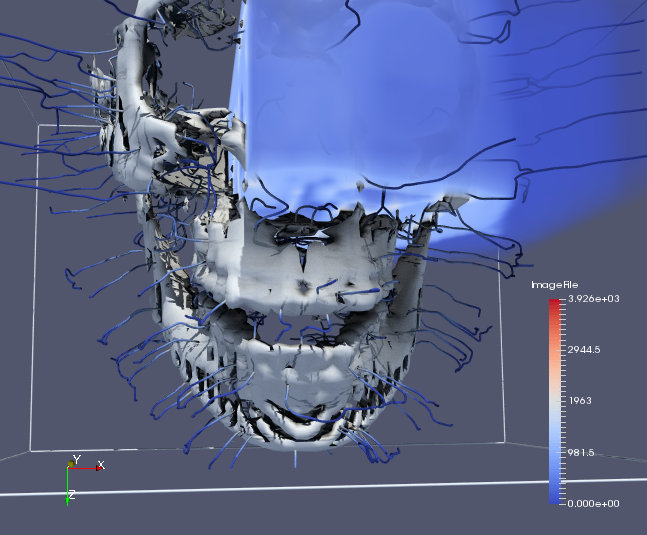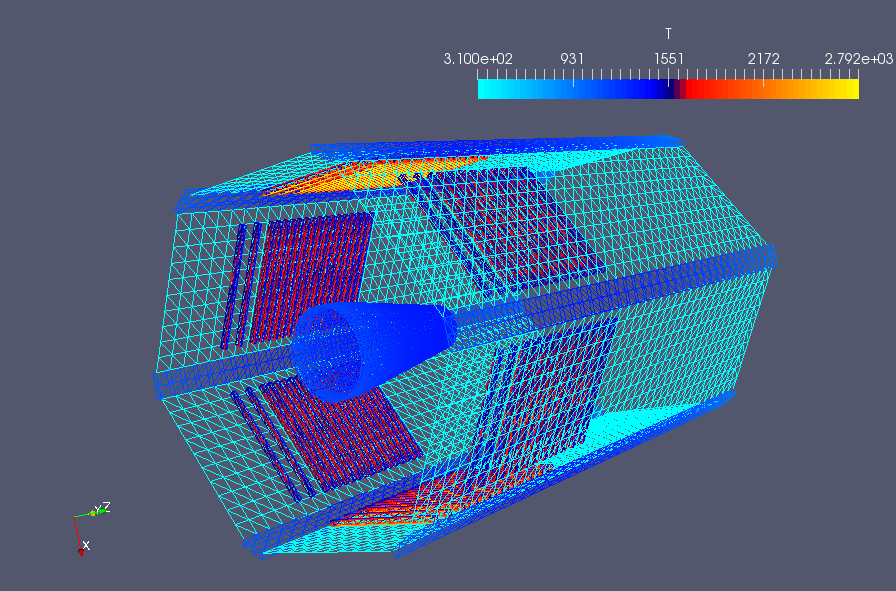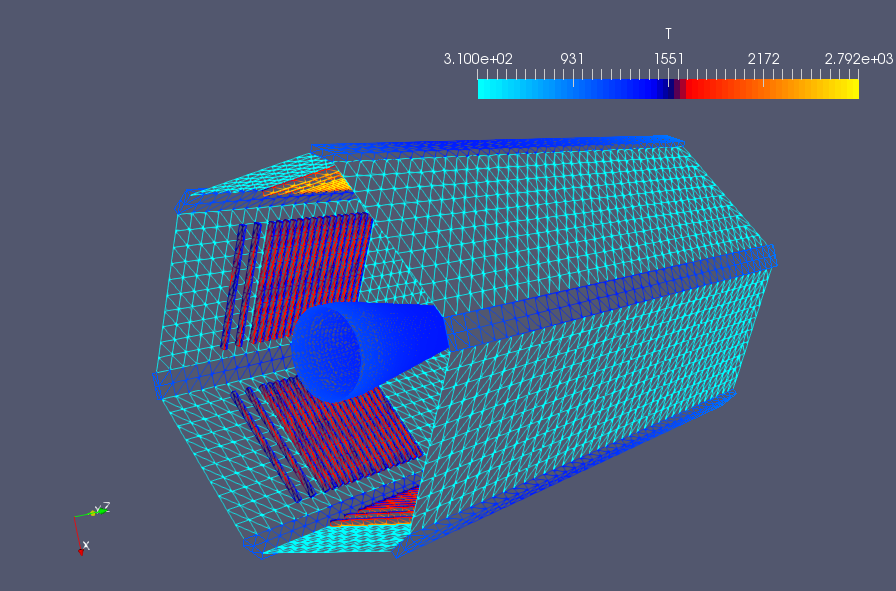Recent Releases

Release Cycle for VTK 7.1 Initiates
The Visualization Toolkit (VTK) development team began the release cycle for version 7.1. The team plans to push the final release in November 2016 and showcase it at The International Conference for High Performance Computing, Networking, Storage and Analysis (SC16).
Developments for version 7.1 include two new modules that provide support for Oculus Rift and HTC Vive virtual reality devices. These modules open new doors for interactive data exploration, which the Kitware blog discusses at https://blog.kitware.com/taking-paraview-into-virtual-reality.
Other enhancements involve zero-copy arrays, new algorithms that quickly process point clouds via symmetric multiprocessing (SMP) threading, and volume rendering. In particular, enhancements allow VTK to better render shadow-casting volumes via OSPRay. Enhancements also bring back by popular demand support for rendering on screen (GLX) and off screen (OSMesa) in the same build of VTK and Mesa.

Beyond rendering, the 7.1 release cycle expands time stamp counters in VTK, which go from 32 bits to 64 bits on Windows. This change allows applications to run for more than a few hours without crashing due to overflow, when they face frequent state changes.
The release cycle also significantly modernizes the source code to make VTK more palatable to new developers. The modernization removes the remaining BTX and ETX wrapper exclusion markers, updates the indentation style, and replaces the non-standard documentation markup with mainstream Doxygen markup.
In preparation for VTK 8.0, which will require C++11, VTK now uses VTK_OVERRIDE, VTK_DELETE_FUNCTION, and VTK_FINAL macros to support the features of the newer C++ syntax. To download the latest in VTK, please see http://www.vtk.org/download.
ParaView Begins Release Cycle for 5.2
The ParaView development team has started the release process for version 5.2. The latest release candidate includes two new rendering techniques. The first technique is Fast approXimate Anti-Aliasing (FXAA). FXAA smooths jagged edges on lines and polygons in final images. The second technique is hidden line removal. With this technique, ParaView can render wireframes in a manner that shows the topology of an object but does not show the background wireframe surfaces.


The latest 5.2 release candidate comes with several other new and exciting features such as a ruler that measures distances in a scene. The release candidate also offers the ability to reload data files without reopening them and further improves rendering performance for composite datasets.
The development team expects to make the final release in November 2016. Moving forward, the team will implement a timely release cycle, which includes two planned releases each year. For more information on ParaView, please go to http://www.paraview.org.
CMAKE Sets Sights on 3.7 Release
The CMake development announced updates for the 3.7 release. These updates allow CMake to use simple toolchain files to cross compile on the Android operating system. Additional updates allow the source file signature for the try_compile() command to honor configuration-specific flags in test projects. Previously, the source file only recognized default flags.
The 3.7 release effort provides new Boolean comparison operations for the if() command. The effort also adds conditional support for Fortran to the Ninja generator. This support comes into play when the generator uses a Ninja tool that has the features necessary to utilize Fortran. In terms of specific CMake components, the effort improves CTest and CPack. In particular, the effort supplies CTest with test properties that support test fixtures.
To follow progress on the release cycle, which the development team expects to wrap up in November 2016, please read the related posts on the Kitware blog at https://blog.kitware.com. To download CMake, please refer to https://cmake.org.
Projects Consolidate in KWIVER
Kitware released a new version of the Kitware Image and Video Exploitation and Retrieval (KWIVER) toolkit. The open-source toolkit contains software tools that perform image and video analysis.
The development effort for the release refactored the toolkit to combine several existing software components. In particular, the refactor integrated three projects into one repository: Vital, Arrows, and Sprokit. Vital provides support for logging and managing configuration files. Vital also offers support for core data structures and abstract algorithm application programming interfaces (APIs). Arrows delivers a collection of plug-ins that implements the APIs that Vital defines, and Sprokit supplies the architecture for combining the plug-ins into a pipeline for processing video or other streaming data.
As a result of the refactor, KWIVER hosts more features. It also presents a simplified process for building applications against its packages. This simplified process eliminates the need to find compatible versions of separate repositories. For more information on KWIVER and its components, please visit http://www.kwiver.org.